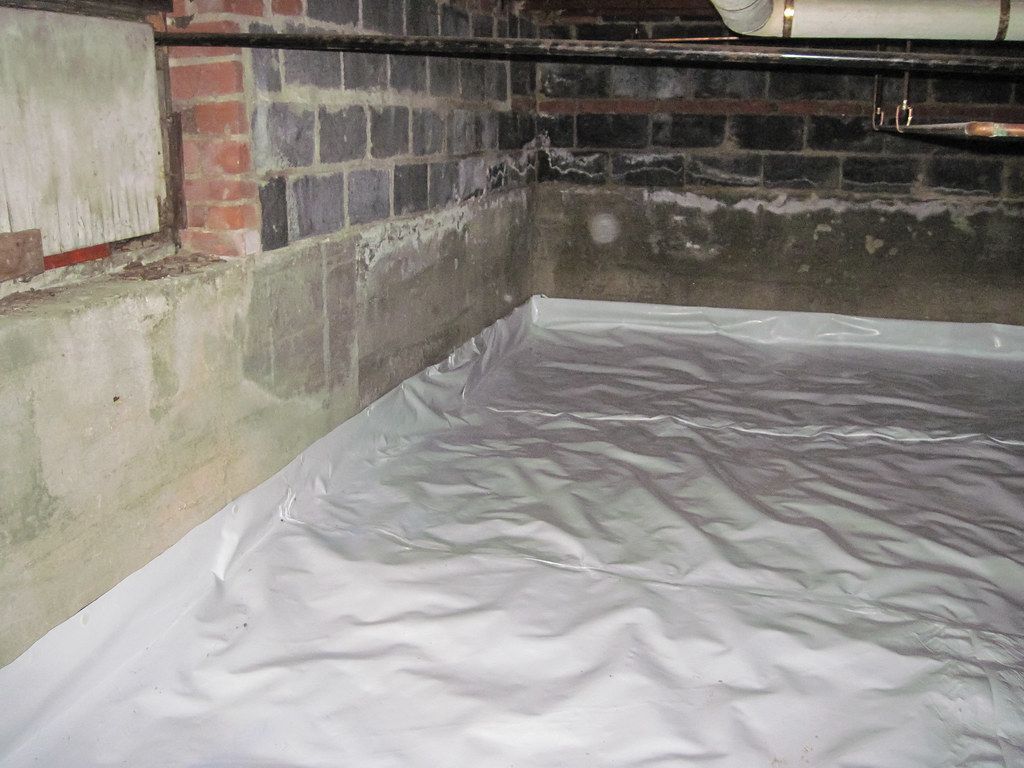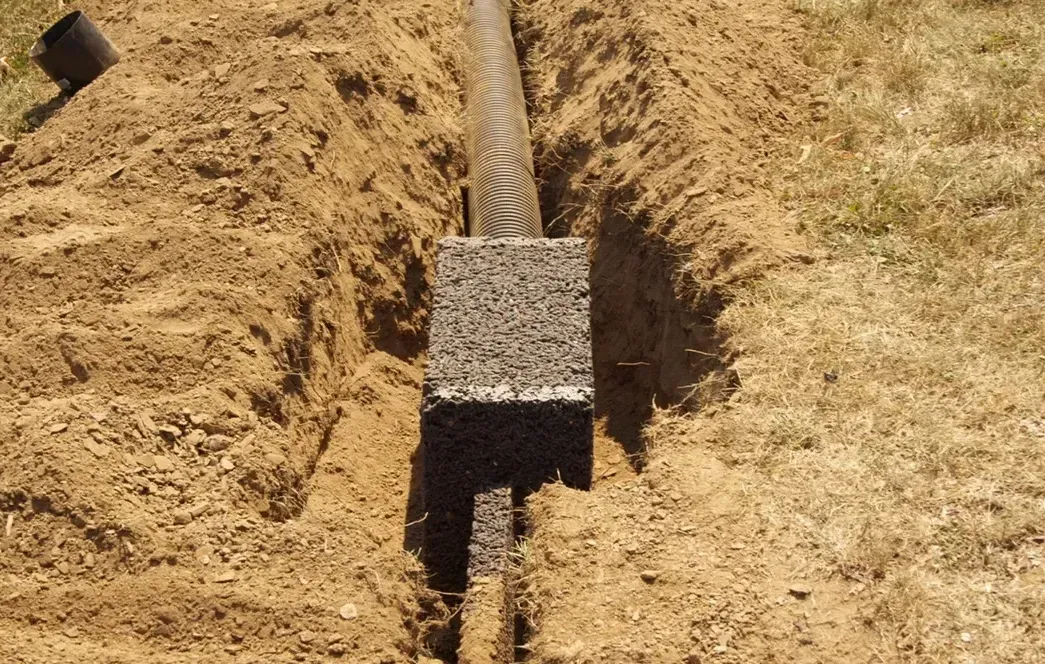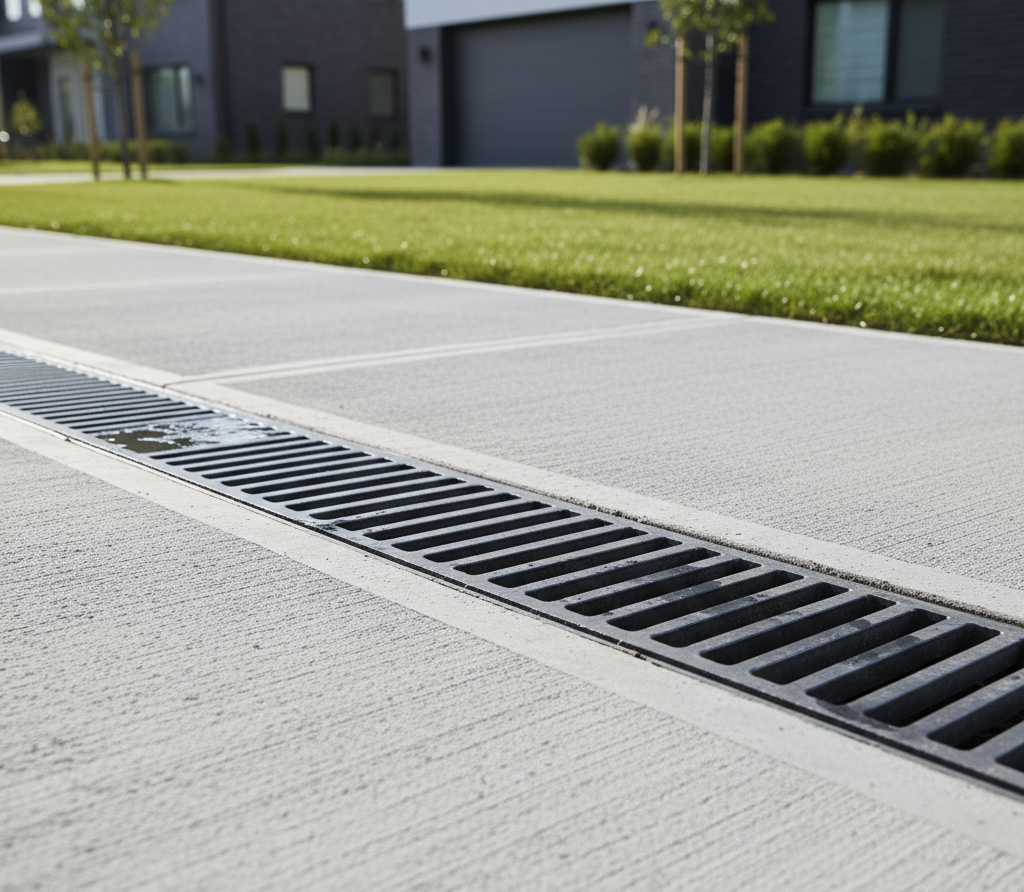How HydroBlox Helps Prevent Crawl Space Moisture in Bay Area Homes
Crawl space moisture is a common but serious problem for homeowners across the Bay Area. Hidden below the floorboards, excess water and humidity can lead to mold growth, structural damage, pest infestations, and poor indoor air quality. The problem often goes unnoticed until signs like musty odors, sagging floors, or allergy flare-ups begin to surface.
Traditional drainage methods sometimes fall short in solving crawl space moisture, especially in areas with compact clay soil or limited access. HydroBlox offers a modern approach that simplifies installation and improves long-term results. If you’re struggling with moisture in your crawl space, it’s worth learning how this system works and why it suits the Bay Area climate.
Why Crawl Spaces Get Damp in the Bay Area

Moisture builds up in crawl spaces for several reasons, but the Bay Area has a unique combination of conditions that make the problem worse:
- Clay-rich soil: Many properties sit on dense clay that holds water and drains poorly.
- Fog and humidity: High moisture levels in the air create persistent dampness.
- Coastal storms: Intermittent heavy rainfall leads to pooling around foundations.
- Older construction: Many homes lack modern drainage systems or vapor barriers.
When water collects under the home, it doesn’t just evaporate. It sits against wood framing and insulation, inviting rot, mold, and mildew. Over time, this can compromise the structure of the home and create health risks for anyone living above it.
How HydroBlox Helps Control Moisture

HydroBlox works differently than gravel trenches or sump systems. The core of the product is a drainage plank made from 100% recycled plastic, with a built-in internal channel system. These planks move water horizontally and vertically without relying on slope or gravity-fed piping.
Here’s how HydroBlox performs under a crawl space:
- It creates a drainage path in tight spaces. Crawl spaces often lack clearance for digging large trenches. HydroBlox fits into smaller areas and requires a minimal trench depth of around 8 to 12 inches.
- It works in flat or poorly graded areas. Water still flows through HydroBlox even when there’s little natural slope under the home.
- It resists clogging. The system doesn’t include perforated pipes or filter fabric, which are prone to sediment buildup.
- It requires minimal maintenance. Once installed with proper backfill, HydroBlox performs consistently without the need for clean-outs or repairs.
In wet crawl spaces, installers typically place the planks around the perimeter or in a grid pattern to guide water toward a discharge point or collection area.
Installation Considerations for Clay Soil
Much of the Bay Area has clay-heavy soil, which presents challenges for traditional drainage systems. French drains, for example, rely on gravel backfill and filter fabric that can clog quickly in clay. Even if installed correctly, the soil can compress around the pipe and block flow.
HydroBlox avoids these problems by eliminating the need for gravel or fabric. However, one critical detail matters: never backfill HydroBlox with clay soil. The dense texture can still block water from entering the board, even if the internal channel remains open.
Use well-draining yard soil or sandy loam to surround the boards and allow moisture to move freely into the flow path. This small but essential step helps the system function properly for years.
Benefits Beyond Drying the Crawl Space
A dry crawl space supports more than just structural stability. It also improves comfort and air quality inside the home. Up to 40% of the air in your living space can come from the crawl space. If that air is damp, moldy, or stale, it affects every breath you take indoors.
Drying out the crawl space can also:
- Make insulation more effective
- Reduce energy bills caused by humid air
- Deter termites, ants, and other pests
- Extend the lifespan of your foundation and framing
HydroBlox contributes to these benefits by quietly handling the root cause—excess water—and keeping it from building up under your home.
When to Consider HydroBlox

You don’t need standing water to benefit from HydroBlox. Signs of crawl space moisture can also include:
- Condensation on ductwork or plumbing
- A musty smell inside the house
- Higher-than-normal humidity readings
- Mold on the underside of floorboards
- White residue (efflorescence) on foundation walls
If you notice any of these issues, it’s worth scheduling an inspection and asking about HydroBlox as an option. Whether you’re renovating or just maintaining your home, this system provides long-term peace of mind without major excavation.
Why Homeowners Trust Drainage Technology Solutions for Crawl Space Drainage
Crawl space moisture creates long-term problems with structure, comfort, and energy use. Homeowners across the Bay Area rely on Drainage Technology Solutions to identify the source of moisture and install reliable systems that work with local soil conditions. We specialize in using HydroBlox to create drainage solutions for tight spaces and clay-heavy properties.
The team at Drainage Technology Solutions customizes each project based on property layout, grade, and ground composition. Instead of offering quick fixes, we provide long-term results by combining technical expertise with high-performance materials. Our HydroBlox installations follow industry best practices and meet the specific needs of homes throughout the region.
To stop moisture problems before they cause major damage, schedule a consultation with Drainage Technology Solutions. Our team provides expert recommendations, clear communication, and efficient service backed by experience.
The post How HydroBlox Helps Prevent Crawl Space Moisture in Bay Area Homes appeared first on Drainage Technology Solutions.



